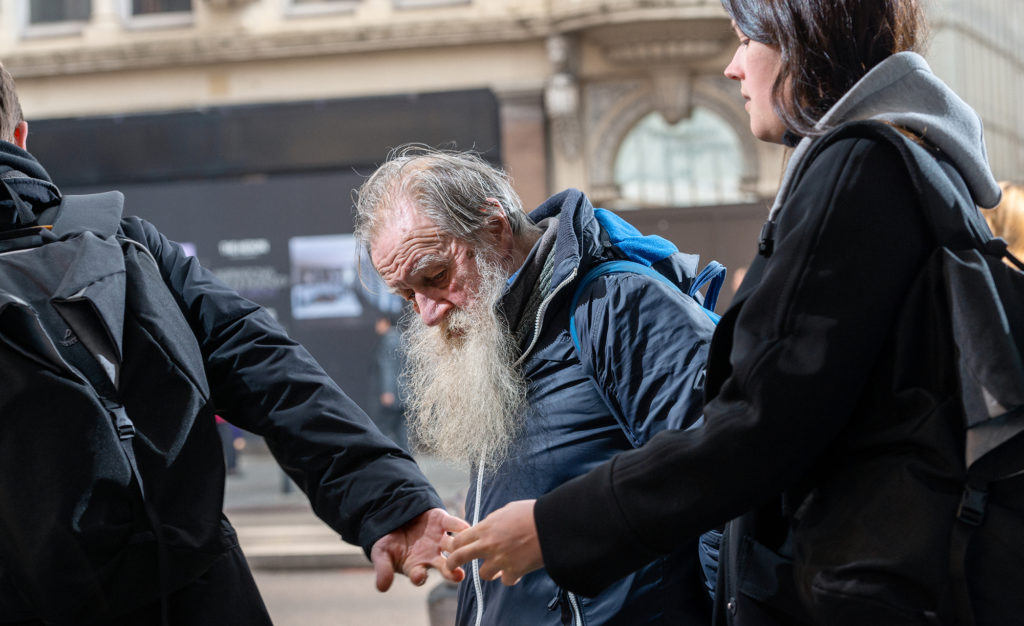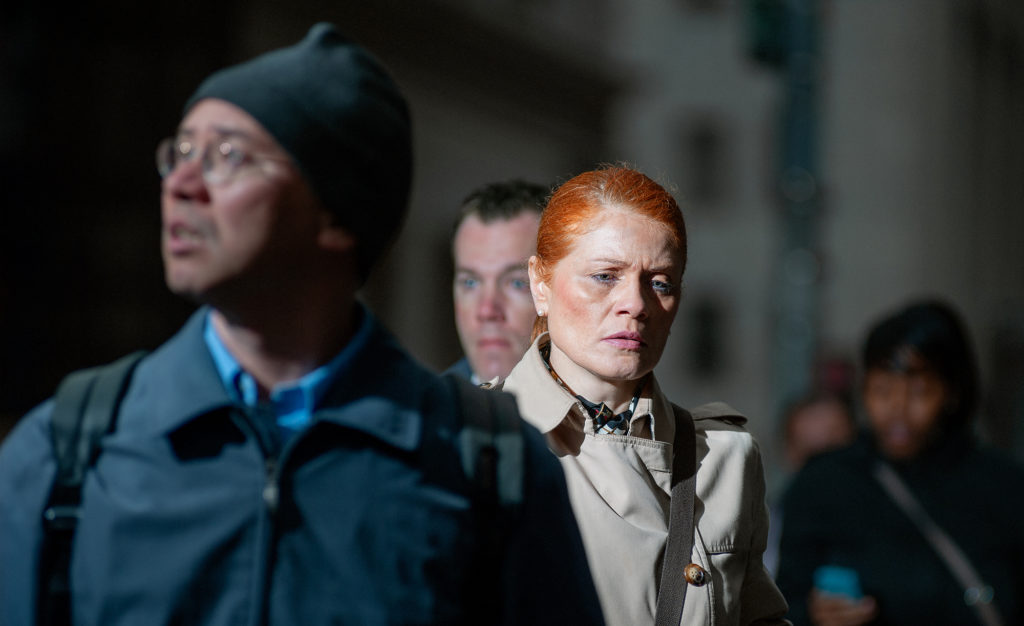
WHO?
Bas Losekoot (1979) born and based in Amsterdam, the Netherlands. I am a photographer concerned with small socio-cultural issues in big cities around the world.
As a starting photographer, I was trained in a classical photo studio. Later on, I got interested in the moving image, and graduated at Art school with a mixed-media installation. Later, I studied cinematography at the Dutch Film academy, while I was working as a projectionist in an old cinema in Amsterdam, where I got fascinated with the single film-frame.
On assignment, I worked for many years as a stills-photographer on film sets, where the day consists out of a lot of waiting. Therefore, I had the chance to study the decoupage, mise-en-scène and especially: cinematic light. With many gaffers on set, we discussed what might be the: “believability of light”. I always have been interested in cities and was attracted to the images of photographers that worked within the public domain. For this project, I decided to take the lights out of the photo studio, starting to imagine the street as one large studio.
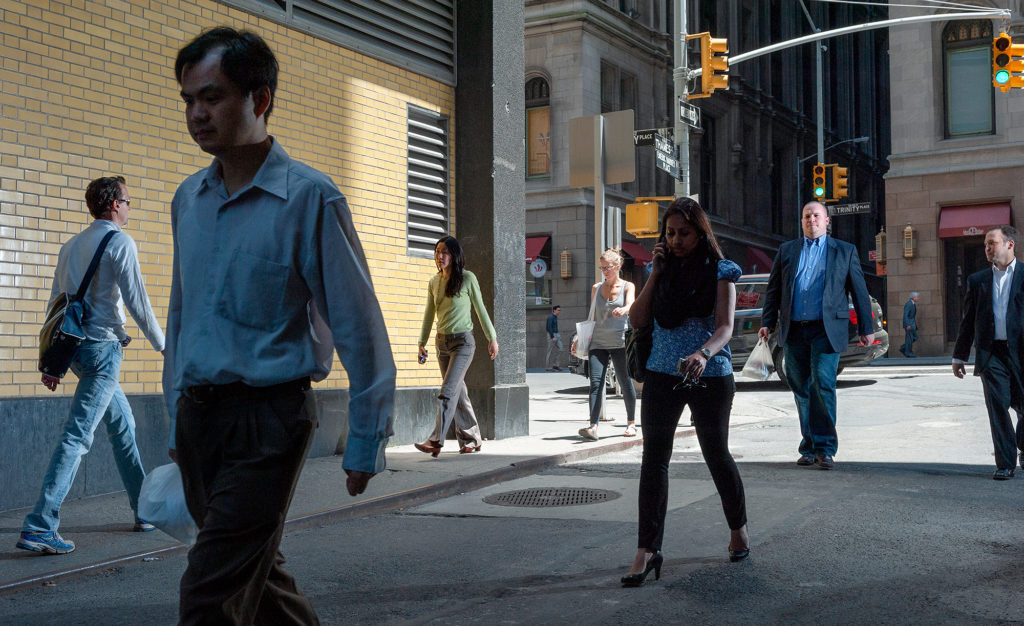
WHAT?
Since the beginning of the Urban Millennium, we are facing the biggest wave of urbanisation in human history. In 2011, I started a visual exploration on the consequences of growing population density. I selected nine fast growing megacities around the world that hold 20 million inhabitants, or will reach this number in the next couple of years. Who are these anonymous urban citizens in these cultural dynamic cities that seem to be heterogeneous? What does this excessive growth do with our sense of personal space in the public domain?
Photographing in the streets of these crowded city centres, I started perceiving the city as a pressure cooker of human expression and development. How do people living and working in modern cities cope with the sheer amount of information and being surrounded by so many strangers when navigating megacities? I wanted to capture this by focussing on body language, gestures, facial expressions, momentary eye contact, and so on. I endlessly wandered the cities to ascertain the physical and psychological distance between people. How do we present ourselves in the street? Do we really reveal who we are, or are we hiding something from others and ourselves?
On this project, I recently published my first monograph – Out of Place – with Kehrer Verlag. Renowned photobook designer Teun van der Heijden translated the project into an extraordinary book. The design emphasises the cinematic quality of the photographic series. It is structured with different page formats and positions, that mimics the stratification of life in modern megacities.
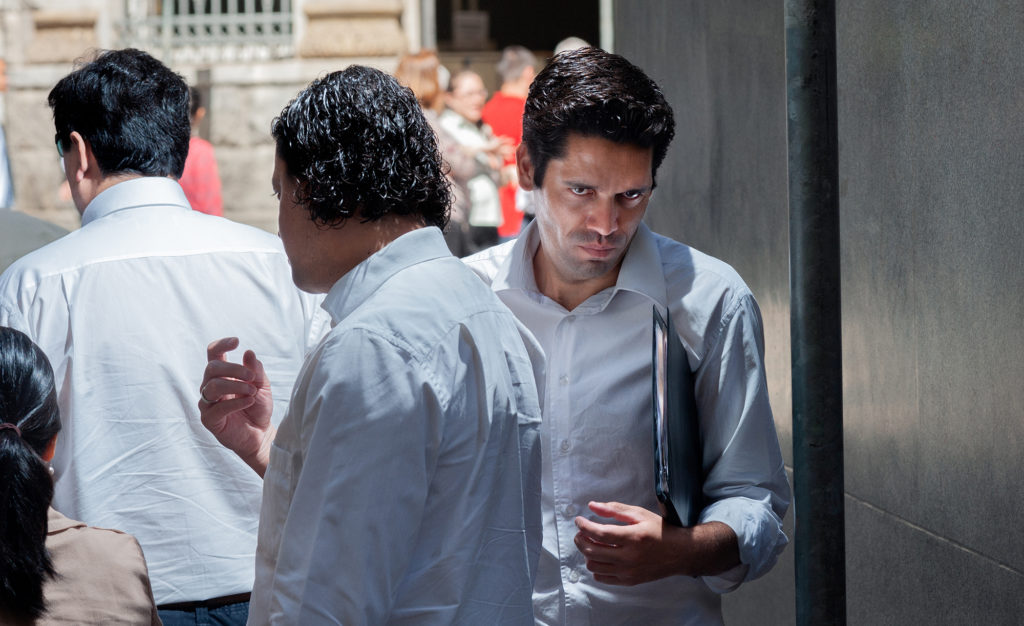
WHERE?
I started this project in the streets of Manhattan. I lived there for 3 months in order to work in the streets every day. After one month I, attended a workshop with the great Alex Webb and Rebecca Norris Webb, where I had the chance to show my experiments. Their positive feedback encouraged me to continue the project.
This methodology created in New York functioned as a blueprint for other cities. My aim was to foreground my research within a rapidly changing global context. I focused on nine cities that were reaching or had passed twenty million inhabitants. The selection criteria were mobility and density. Mobility concerns the dynamics of pedestrians in the streets. Density relates to the number of people in urban centres during rush hour periods.
By the end of 2018, I had photographed in New York, São Paulo, Seoul, Mumbai, Hong Kong, London, Lagos, Istanbul and Mexico City. In each of those cities I worked for at least one month – walking the streets every day from sunrise till sunset. The favourite city I have worked in was Mumbai, because of its energy and uncomplicated vibe. Lagos/Nigeria was maybe the most difficult city that I have ever worked in, yet at the same time, the most interesting.
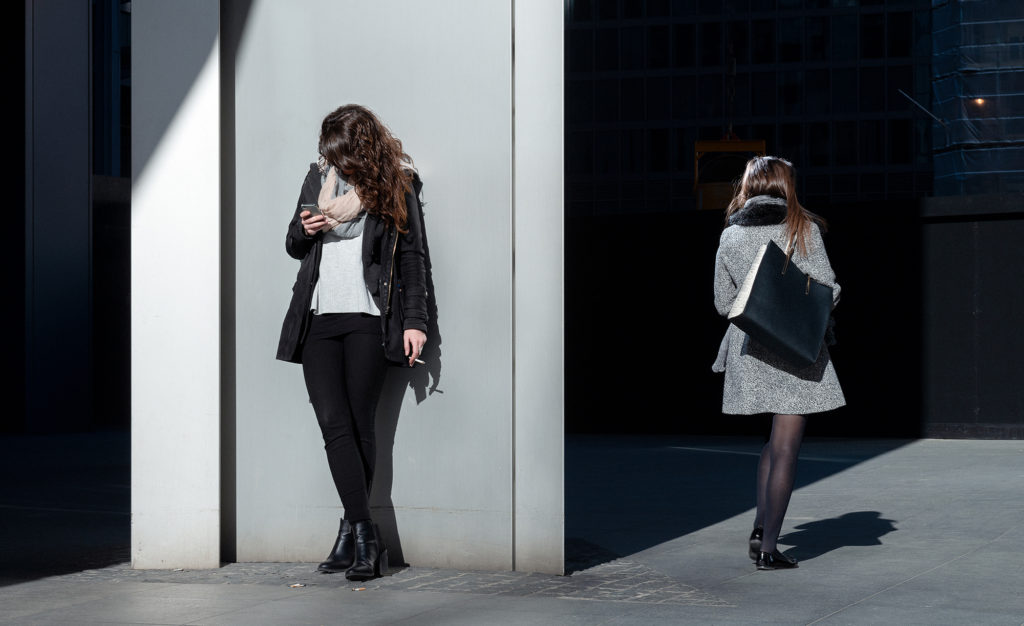
WHEN?
I tend to photograph at the most crowded hours of the day, so often at rush hours, or around lunch time. My best photographs usually have an interesting mix between artificial and direct sunlight, therefore I like to go out to shoot on bright sunny days. So actually, the best conditions are when there is lots of light, wind, sound, people, movement, energy and chaos.
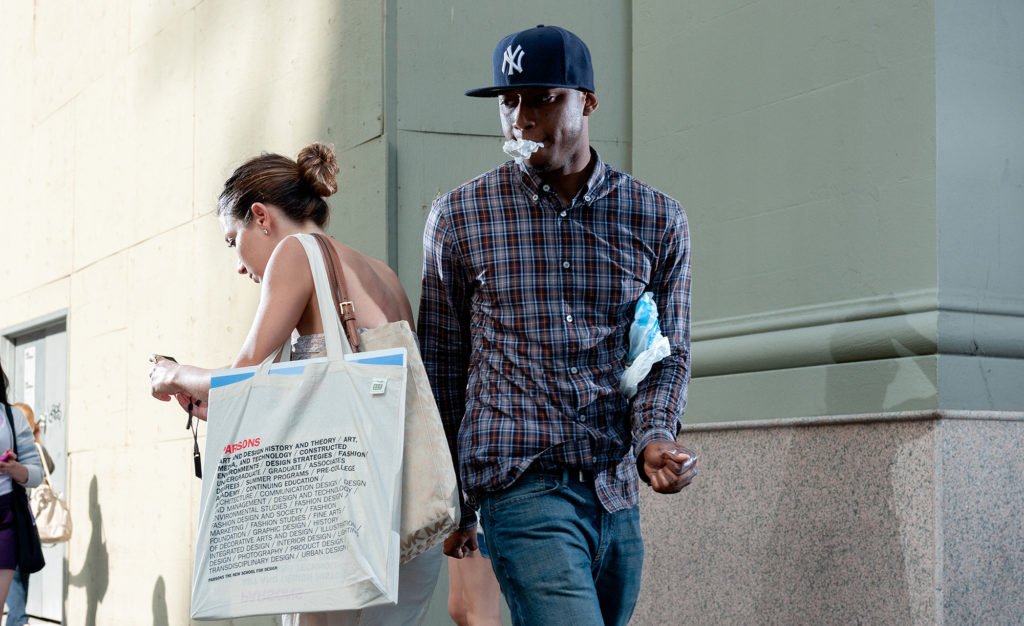
Why?
I’m fascinated by city life; I spend a lot of time on the street observing it. I always considered it to be a spectacle; a continuous stream of split-second encounters. A city is like a pressure cooker for human expression and development. I’m convinced that the street is a place to learn from, it can hold up a mirror to society. With my work, I would like to create awareness, which can lead to a better understanding, which finally can cause change in complex social issues.
Curiosity is the motor of my work. I photograph people in order to really see them, to study small gestures indicative of something meaningful about the person and the contemporary urban experience. I use flashlight because it empowers the capacity of photography to really freeze movement. Through this technology, like in the stop-motion photography of Eadweard Muybridge, I am able to capture something that remains unseen to the naked eye at the normal speed of life.
